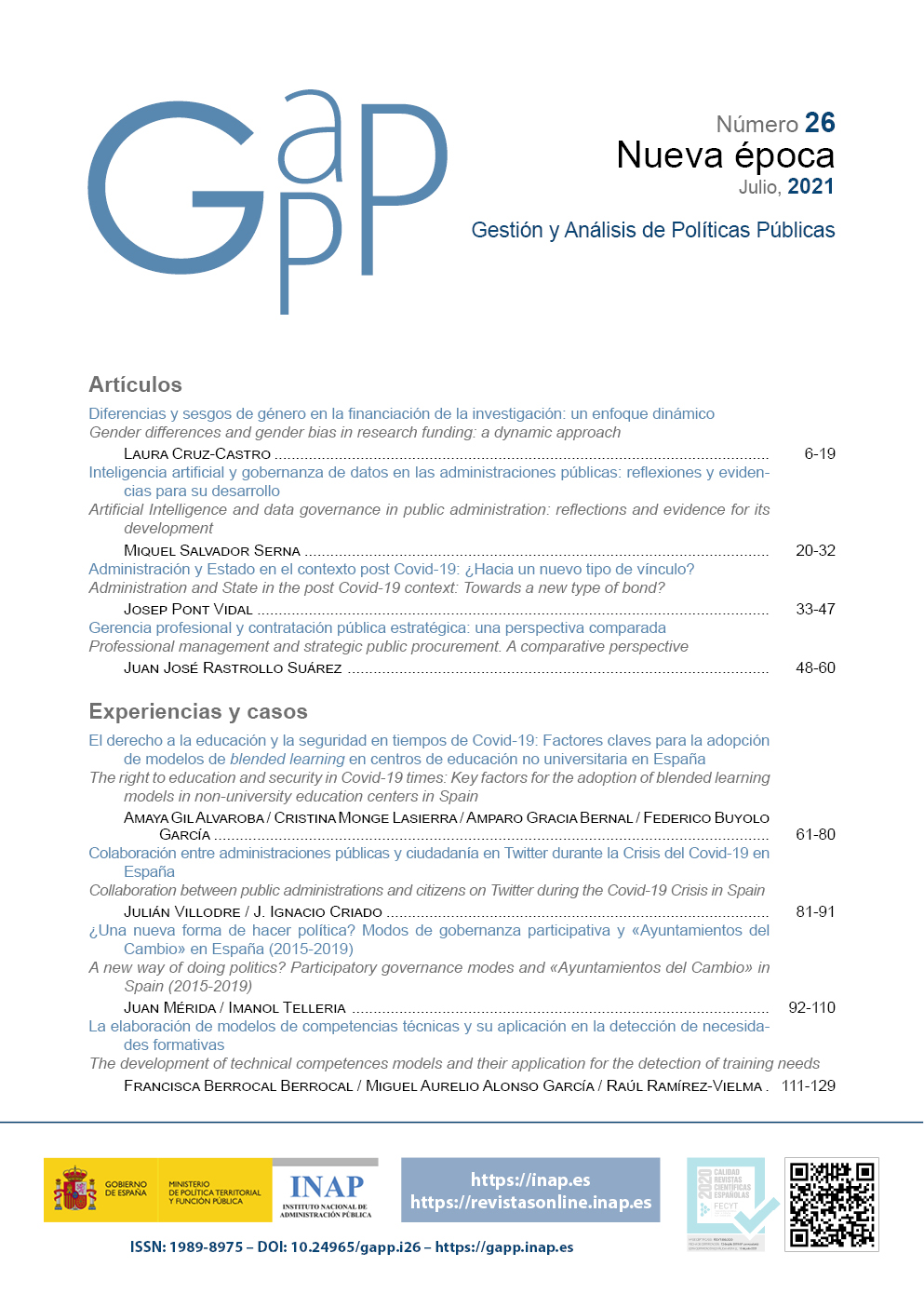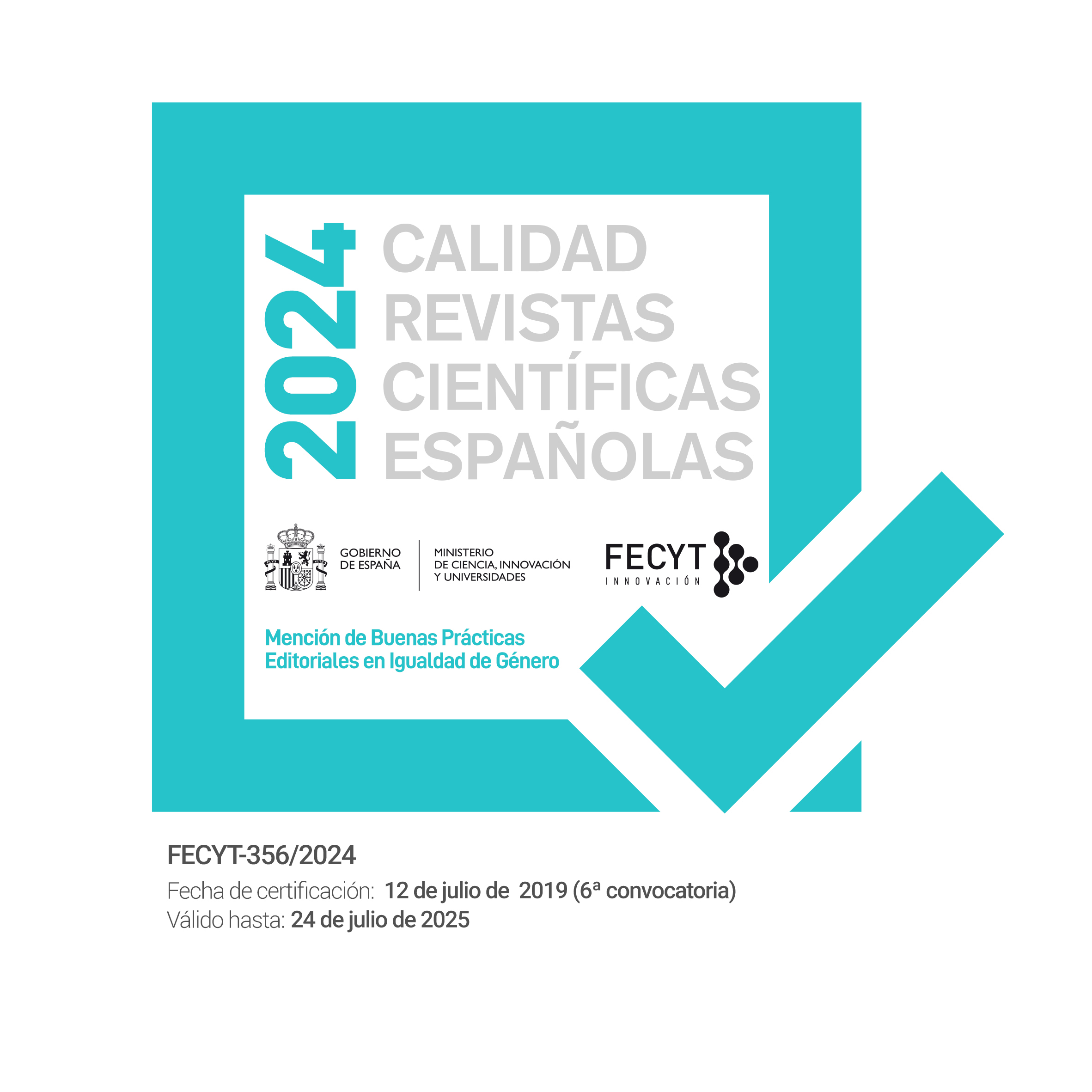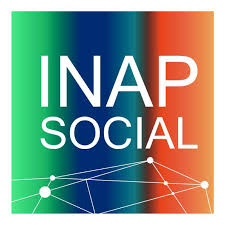El derecho a la educación y la seguridad en tiempos de Covid-19: Factores claves para la adopción de modelos de blended learning en centros de educación no universitaria en España
DOI:
https://doi.org/10.24965/gapp.i26.10831Palabras clave:
desigualdades socioeducativas, estrategias de superación, Covid 19, blended learning, presencialidad-virtualidad, mediación tecno-pedagógicaResumen
Este trabajo tiene como objetivo identificar los factores críticos de éxito en el diseño e implementación de programas de blended learning en las escuelas españolas como medio para conciliar el derecho a la educación y la seguridad sanitaria en tiempos de pandemia. Para ello, se empieza por trazar un semblante de algunos de los aspectos más significativos que describen la realidad educativa en centros españoles, para a continuación describir los diferentes escenarios que se plantean para retomar la actividad educativa a corto plazo. Una vez descrito el contexto, se sintetizan las principales características del blended learning, haciendo énfasis en los distintos modelos posibles. Para ello, se ha realizado una revisión de la literatura especializada que muestra evidencias empíricas sobre las experiencias ya implementadas en otros países. Con esa información, se identifican los factores que pueden ayudar a tomar decisiones en la implementación de estos programas, entre los que se encuentran algunos de carácter transversal y otros específicos sobre el modelo concreto por el que optar.
Descargas
Citas
Alammary, A., Sheard, J. y Carbone, A. (2014). Blended Learning in higher education: Three different design approaches. Australian Journal of Educational Technology, 30(4), 440-454. https://doi.org/10.14742/ajet.693
Alexander, B., Ashford-Rowe, K., Barajas-Murph, N., Dobbin, G., Knott, J., McCormack, M., Pomerantz, J., Seilhamer, R. y Weber, N. (2019). 2019 Higher Education Edition [Horizon Report]. Educase. https://library.educause.edu/resources/2019/4/2019-horizon-report
Arnett, T. (27 de mayo de 2020). The blended learning models that can help school reopen [entrada de blog]. Christensen Institute. https://www.christenseninstitute.org/blog/the-blended-learning-models-that-can-help-schools-reopen/
Bartolomé Piña, A. (2004). Blended Learning. Conceptos básicos. Pixel-Bit. Revista de Medios y Educación, 23, 7-20. https://recyt.fecyt.es/index.php/pixel/article/view/61237
Bergmann, J. y Sams, A. (2014). Dale la vuelta a tu clase. Ediciones SM.
Blended learning Universe (2019). BLU Directory Data [archivo de datos]. Christensen Institute. https://www.blendedlearning.org/wp-content/uploads/2019/11/Blended-Learning-Universe-Data_30-Oct-2019.xlsx
Boyle, T., Bradley, C., Chalk, P., Jones, R. y Pickard, P. (2003). Usar el aprendizaje combinado para mejorar las tasas de éxito de los estudiantes al aprender a programar. Revista de medios educativos, 28(2-3), 165-178. Recuperado de https://www.researchgate.net/publication/228775772_Using_Blended_Learning_to_Improve_Student_Success_Rates_in_Learning_to_Program
Conrads, J., Rasmussen, M., Winters, N., Geniet, A. y Langer, L. (2017). Digital Education Policies in Europe and Beyond: Key Design Principles for More Effective Policies [JRC Science for Policy Report, JRC109311]. European Union. https://doi.org/10.2760/462941
Ministerio de educacion y formación profesional (MEFP) (2020). Estadísticas de la Educación. https://www.educacionyfp.gob.es/servicios-al-ciudadano/estadisticas.html
Ferrer, F., Belvís, E. y Pàmies, J. (2010). Tablet PCs, academic results and educational inequalities. Computers & Education, 56(1), 280-288. https://doi.org/10.1016/j.compedu.2010.07.018
Fidalgo-Blanco, A., Sein-Echaluce, M. L. y García-Peñalvo, F. C. (16 de enero de 2020). Ventajas reales en la aplicación del método de Aula Invertida-Flipped Classroom (version 1). Zenodo. http://doi.org/10.5281/zenodo.3610578
Fundación COTEC (20 de abril de 2020a). Propuestas para cinco posibles escenarios educativos ante la crisis sanitaria del covid-19. https://cotec.es/cotec-publica-un-documento-con-propuestas-para-cinco-posibles-escenarios-educativos-ante-la-crisis-sanitaria-del-covid-19/
Fundación COTEC (2020b, 20 de abril). COVID-19 y Educación I: problemas, respuestas y escenarios. https://online.flippingbook.com/view/967738/
García-Ruiz, R., Aguaded, I. y Bartolomé, A. (2018). La revolución del blended learning en la educación a distancia. RIED. Revista Iberoamericana de Educación a Distancia, 21(1), 25-32. http://dx.doi.org/10.5944/ried.21.1.19803
Garrison, D. R. y Kanuka, H. (2004). Blended learning: Uncovering its transformative potential in higher education. The internet and higher education, 7(2), 95-105. https://doi.org/10.1016/j.iheduc.2004.02.001
González-Patiño, J. y Poveda, D. (2015). Privileging the Individual Through the Collective Commitment: Parental Strategies and Dynamics Of Involvement in a Middle-ClassSchool. Multidisciplinary Journal of Educational Research, 5(3), 316-336. https://doi.org/doi:10.17583/remie.2015.1524
Harris, W. J. y Smith, L. (2004). Laptop use by seventh grade students with disabilities: Perceptions of special education teachers. Education Technology, 14. https://digitalcommons.usm.maine.edu/cepare_technology/14/
Hart, J. (2019). Top Tools for Learning [Results of the 13th Annual Learning Tools Survey]. Centre for Learning & Performance Technologies. Recuperado de https://www.toptools4learning.com/
Hinojo, M. y Fernández, A. (2012). El aprendizaje semipresencial o virtual: nueva metodología de aprendizaje en Educación Superior. Revista Latinoamericana de Ciencias Sociales, Niñez y Juventud, 10(1), 159-167. http://revistaumanizales.cinde.org.co/rlcsnj/index.php/Revista-Latinoamericana/article/view/591
Impacto de las TIC en las escuelas europeas (2020). Eduteca. http://eduteka.icesi.edu.co/articulos/ICT_InformeEuropa
Inamorato dos Santos, A., Punie, Y. y Castaño-Muñoz, J. (2016). Opening up Education: a Support Framework for Higher Education Institutions [JRC Science for Policy Report] (EUR 27938 EN). European Union. https://op.europa.eu/en/publication-detail/-/publication/c52b6cab-a82c-4e75-8420-d2431196d11d/language-en
INE (2019). Las nuevas tecnologías en los hogares. Public tableau. Recuperado de https://public.tableau.com/views/ticPrueba/His_TIC_es?:showVizHome=no&:embed=true
Instituto Nacional de Calidad y Evaluación – INCE (2000). Sistema estatal de indicadores de la evaluación (pp. 126-127). Ministerio de Educación y Cultura. https://www.educacionyfp.gob.es/dctm/ievaluacion/indicadores-educativos/ind2000.pdf?documentId=0901e72b8011107e
Kampylis, P., Punie, Y. y Devine, J. (2015). Promoción de un aprendizaje eficaz en la era digital. Un marco europeo para organizaciones educativas digitalmente competentes [Ciencia para la política, informe del JCR] (EUR 27599 ES). Instituto Nacional de Tecnologías Educativas y de Formación del Profesorado (INTEF). Ministerio de Educación, Cultura y Deporte. https://sede.educacion.gob.es/publiventa/promocion-de-un-aprendizaje-eficaz-en-la-era-digital-un-marco-europeo-para-organizaciones-educativas-digitalmente-competentes/ensenanza-recursos-digitales/21199
Kenney, J. y Newcombe, E. (2011). Adopting a Blended Learning Approach: Challenges Encountered and Lessons Learned in an Action Research Study. Journal of Asynchronous Learning Networks, 15(1), 45-57. https://files.eric.ed.gov/fulltext/EJ918218.pdf
Lei, J. y Zhao, Y. (2008). One-to-one computing: what does it bring to schools? Journal of Educational Computing Research, 39(2), 97-122. https://doi.org/10.2190/EC.39.2.a
Martinez Celorrio, X. (2020). Guía de actuaciones para la continuidad educativa y contra la brecha digital y de aprendizaje. Secretaria Federal de educación del PSOE. https://www.psoe.es/actualidad/documentos-de-interes/guia-de-actuaciones-para-la-continuidad-educativa-y-contra-la-brecha-digital-y-de-aprendizaje/
Mackey, K. y Watson, J. (2015). Proof points: Blended learning success in school districts [entrada en blog]. Christensen Institute. https://www.christenseninstitute.org/publications/proof-points/
Noorani, S. y Croisier, D. (6 de mayo de 2020). Focus on: Can the coronavirus pandemic improve our schools? Eurydice. https://eacea.ec.europa.eu/national-policies/eurydice/content/focus-can-coronavirus-pandemic-improve-our-schools_en
Redecker, C. y Punie, Y. (2017). European Framework for the Digital Competence of Educators: DigCompEdu [JRC Science for Policy Report] (EUR 28775 EN). Oficina de Publicaciones de la Unión Europea. https://doi.org/10.2760/159770
Sanz, I., Sáinz González, J. y Capilla, A. (2020). Efectos de la crisis de coronavirus en la educación. Organización de Estados Iberoamericanos para la Educación, la Ciencia y la Cultura – OEI. https://oei.int/oficinas/secretaria-general/publicaciones/efectos-de-la-crisis-del-coronavirus-en-la-educacion
Siemens, G., Gasevic, D. y Dawson, S. (2015). Preparing for the digital University: a review of the history and current state of distance, blended and online learning. Athabasca University Press. http://linkresearchlab.org/PreparingDigitalUniversity.pdf
Staker, H. (2011). The Rise of K-12 Blended Learning. Profiles of emerging models. Instituto Innosight. https://eric.ed.gov/?id=ED535181
Staker, H. y Horn, M. B. (2012). Classifying K-12 Blended Learning. Innosight Institute. https://files.eric.ed.gov/fulltext/ED535180.pdf
Stein, J. y Graham, C. R. (2013). Essentials for Blended Learning. A Standards-Based Guide. Routledge. https://doi.org/10.4324/9780203075258
Desglosar el objetivo de Desarrollo Sostenible 4 – Educación 2030 (2016). UNESCO. https://unesdoc.unesco.org/ark:/48223/pf0000246300_spa
Volman, M., Van Eck, E., Heemskerk, I. y Kuiper, E. (2005). New technologies, new differences. Gender and ethnic differences in pupil’s use of ICT in primary and secondary education. Computers & Education, 45(1), 35‑55. https://doi.org/10.1016/j.compedu.2004.03.001
Descargas
Publicado
Cómo citar
Número
Sección
Licencia
Derechos de autor 2021 Gestión y Análisis de Políticas Públicas. Nueva época

Esta obra está bajo una licencia internacional Creative Commons Atribución-NoComercial 4.0.












